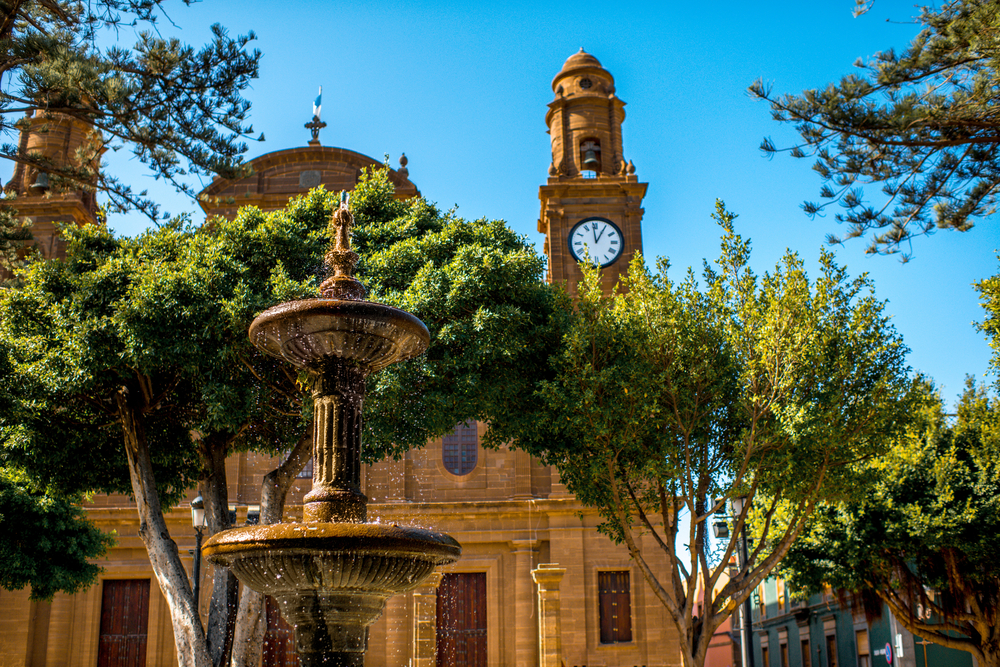Gáldar is one of the most important municipalities of Gran Canaria. It belongs to the province of Las Palmas and is, in fact, the first capital of the island. Today, it still conserves part of its pre-Hispanic heritage. It was the capital of one of the ancient kingdoms of the island before the Spanish conquest of Gran Canaria. Likewise, in the high areas of this northern municipality, you can well differentiated morphologies, originated from the volcanic eruptions of La Caldera de los Pinos de Gáldar, El Montañón Negro and the Hondo de Fagagesto.
Ready to discover Gáldar?
Where is Gáldar located
Gáldar is a total of 27 kilometres separate from the capital, Las Palmas, and the highest part of the municipality is around 1,700 metres above sea-level.
Here is the exact location:
What to see and do in Gáldar
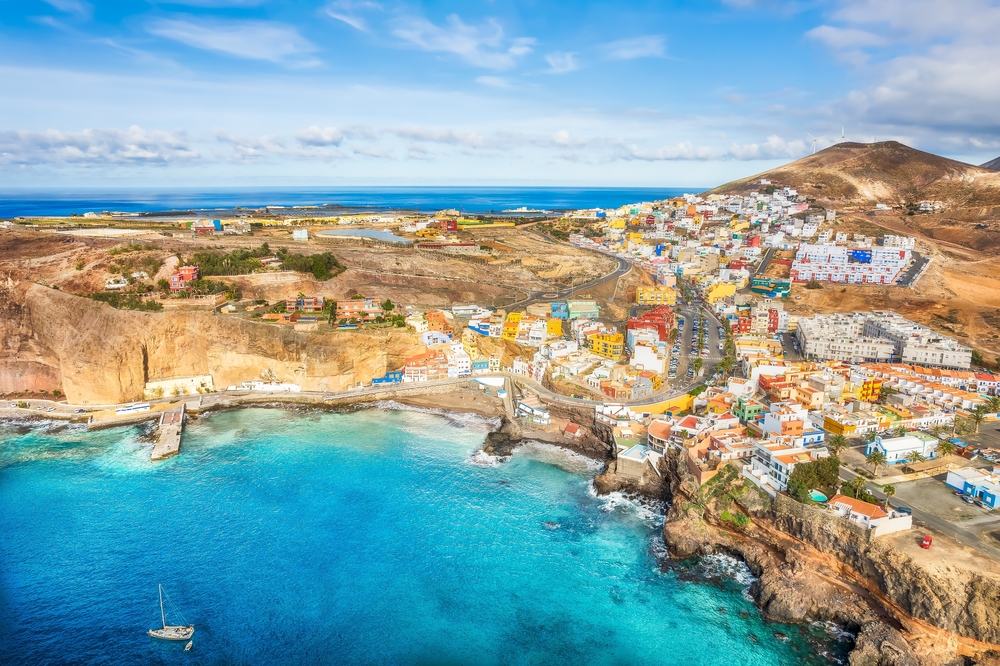
In this post we’re going to show you what you can see and do in and around the town centre of Gáldar or Agáldar, as they used to call it. Flanked by the municipalities of Artenara, Santa María de Guía and Agaete, it’s well worth visiting the north of Gran Canaria and discovering the hidden treasures of these municipalities.
In the Town Centre (declared Historical Group in 1981) you can find a few notable buildings like the old Town Hall (Casas Consistoriales), which were built over an old building of the XVIII century. Next to the Town Hall, you can find the Municipal Theatre, dating back to 1912; the Great Square (Plaza Grande) and more.
Here are 7 things to see and do in Gáldar:
1. Cueva Pintada (Painted Cave) Archaeological park
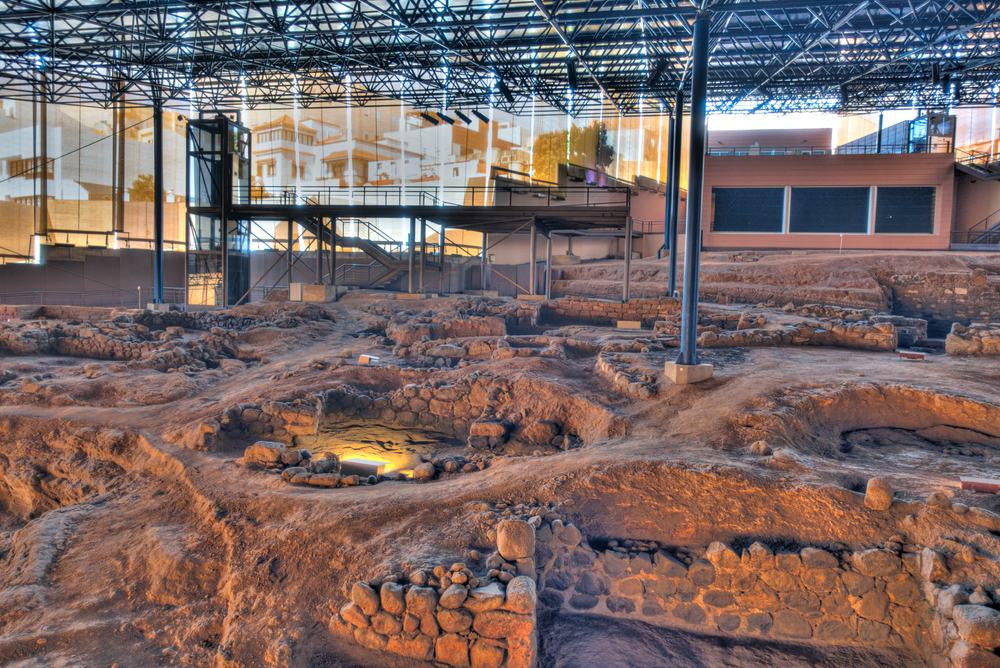
This important pre-Hispanic site wasn’t discovered until the middle of the 19th century. Situated in the centre of town, you can find archaeological remains that reveal the history and culture of the aboriginal Canary Islanders. They’re part of approximately 50 indigenous dwellings dating back to the 6th and 15th centuries. Find out more about the Cueva Pintada de Gáldar.
Opening times of Cueva Pintada:
Tuesdays to Saturdays from 09:30 to 19:00 hours (last visit at 17:00 hours)
Sundays from 11:00 to 18:30 hours (last visit at 17:00 hours)
Also of note is La Guancha, a necropolis and aboriginal site where you can discover more about the indigenous burial culture. In its burial mound there are about forty burials.
2. Santiago de los Caballeros Square and Church
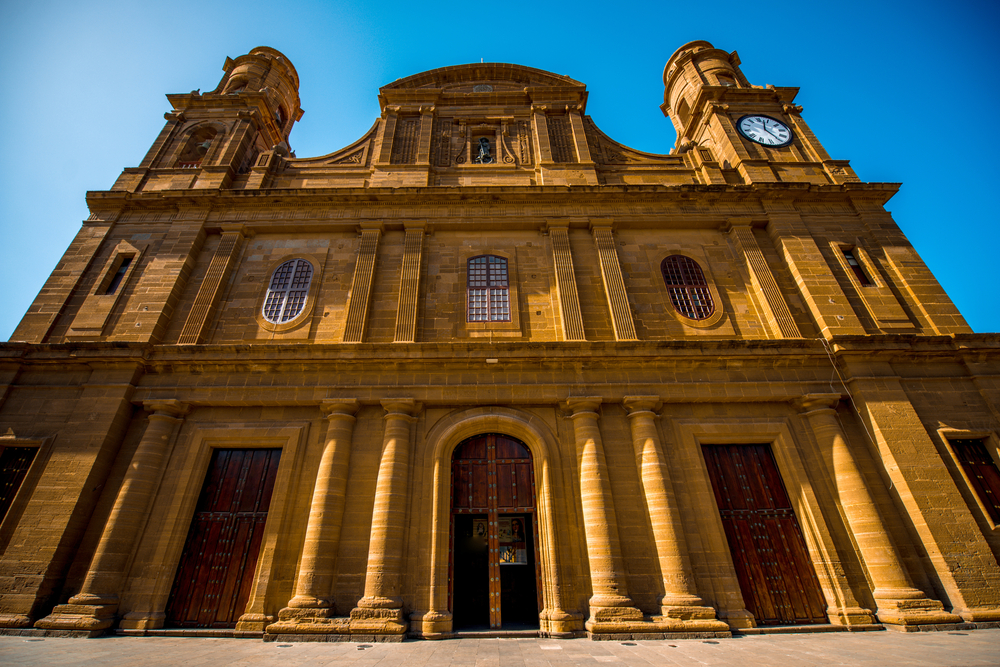
The Plaza de Santiago is surrounded by tropical gardens and Indian laurels. In the middle stands the first Jacobean parish church (1778-1826) outside Spain mainland. These structures maintain their characteristics and stately forms of their capital and historical past.
The Matrix Temple of Santiago de Gáldar is a link between the baroque and the first neoclassical style of the archipelago. The temple holds pieces of art like the Pila Verde (the Green Christening Stone), where the first defeated Canarians received their first baptism after the Conquest of the Island.
The square and the parish church are connected to the long street calle capitán quesada, an avenue full of shops, restaurants and museums, as well as neoclassical and baroque style houses.
You can also enjoy the restaurants and terraces in the surrounding area, such as La Trastienda de Chago or La Tasca de Juan Pedro. Both stand out for their local products, wines, and beers.
3. Antonio Padrón House and Museum
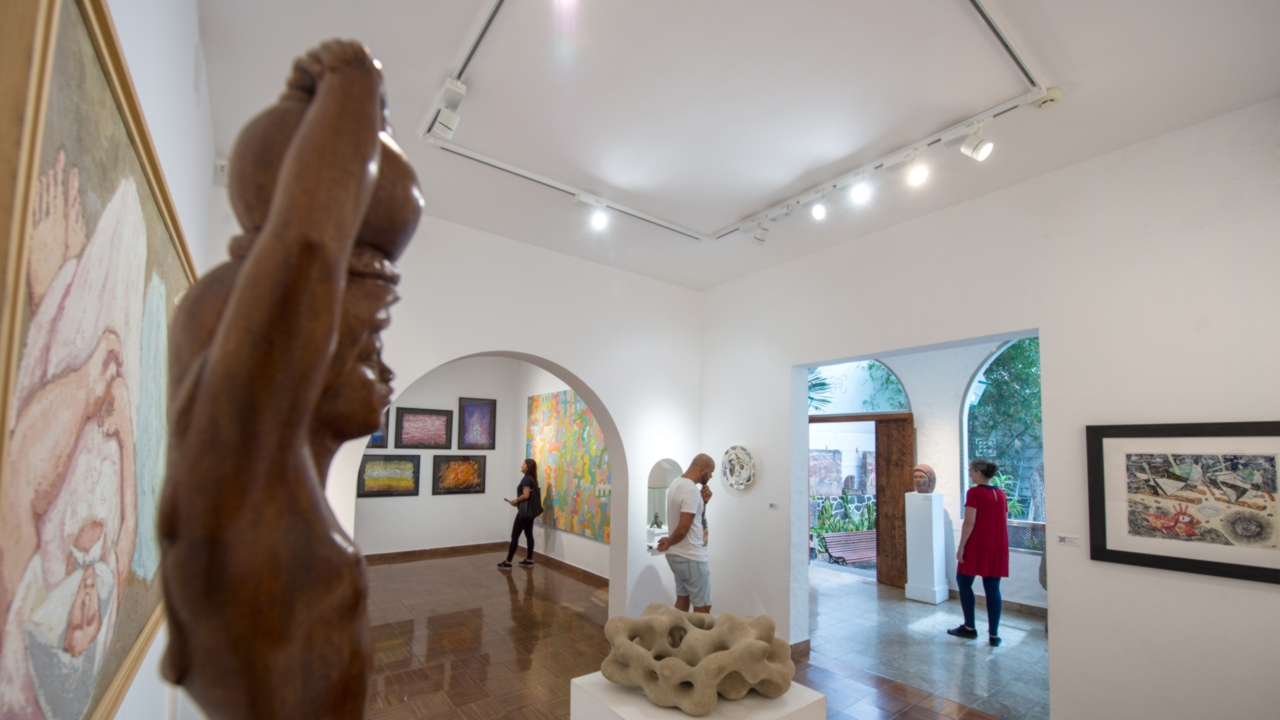
In 1971 the Antonio Padrón Museum was inaugurated, guarding the memory of the writer, painter, and sculptor from Gáldar. This museum houses more than a hundred works by one of the most outstanding artists of the avant-garde movements in the archipelago.
Its opening times are from Mondays to Fridays from 09:00 to 14:00h.
4. El Agujero natural swimming pool and Sardina del Norte beach
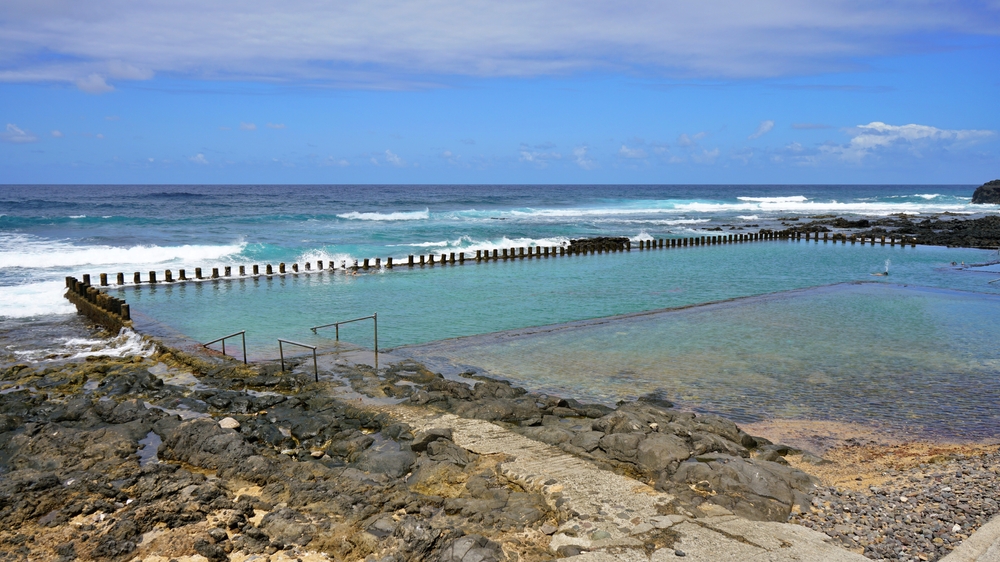
Gáldar hosts a wide variety of natural pools and beaches in the northern part of Gran Canaria.
We recommend the beach of Sardina del Norte and its small fishing harbour. Close to restaurants and terraces, you can enjoy typical Canarian food with a beautiful sunset in the background.
You can also take a dip in the natural pools of El Agujero, the wildest and most natural part of Gáldar! For surf lovers, El Agujero is a very good area for bodyboarding and SUP.
5. La Recova Municipal Market in Gáldar
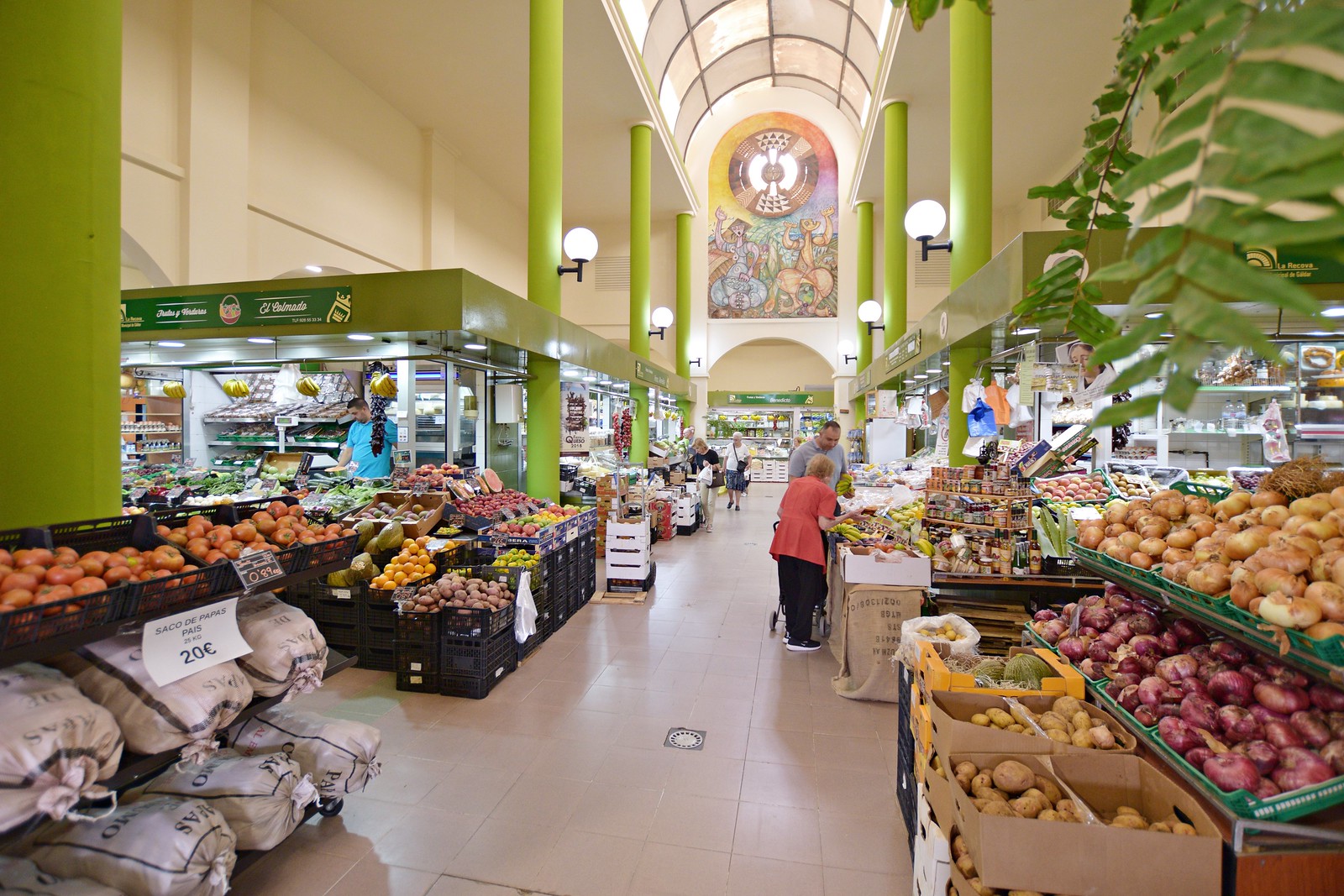
Taste fresh, local produce from all over the island: fruit, vegetables, meat, eggs, fish... as well as more traditional island crafts.
6. Way of St. James of Gran Canaria
For hikers and adventurers, there are 65 kilometres full of history ahead with the Way of St. James, until you reach the town of Gáldar, where the church Santiago de Los Caballeros awaits you.
7. Sardina Lighthouse
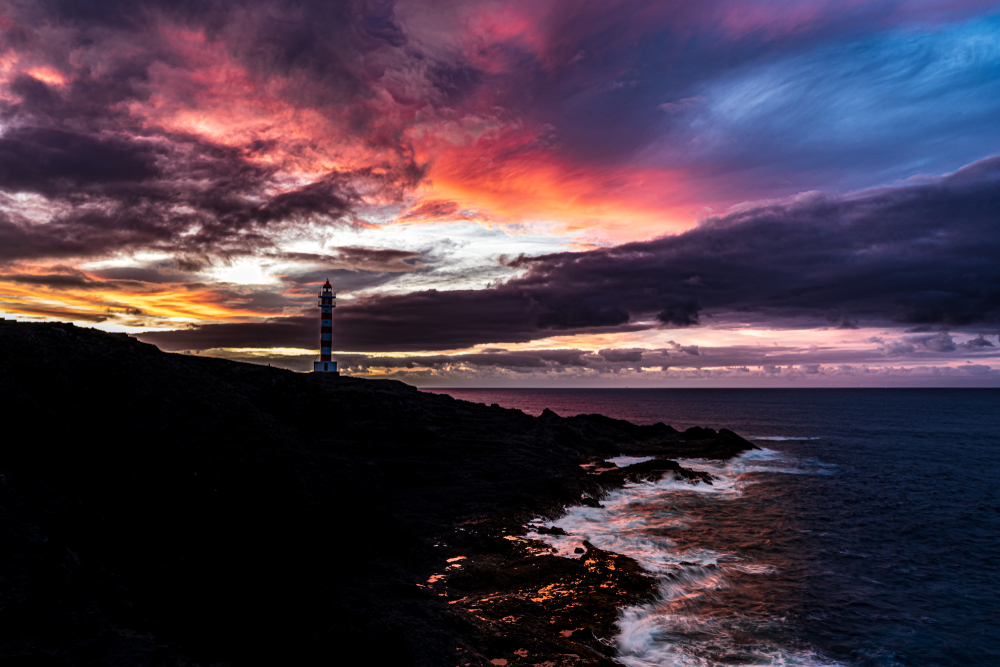
Gáldar is also home to one of the most important lighthouses in Gran Canaria, the Faro de Sardina. Built in 1890 and remodelled in 1984, this lighthouse stands on a wild coastline in the north of the island. The sunsets here seem out of this world.
Gáldar: gastronomy, culture, and history
If you visit the island of Gran Canaria, don't hesitate to take a trip to Gáldar, the first municipality of Gran Canaria. Discover the history and culture of the Canary Islands through its museums and various archaeological sites, or enjoy its numerous beaches and wild natural pools, far from the noise of the tourist centres.
Taste the Canarian gastronomy in typical terraces, cafés, and restaurants. If you’re thinking of staying in the north of Gran Canaria, have a look at our catalogue of holiday rentals and don’t miss out on the wildest side of Gran Canaria. Stay close to virgin beaches without many tourists and get to know first hand the nature of the northern side of the island.
